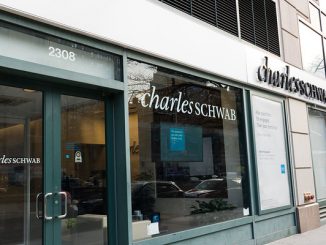One of the most misleading myths about traders was repeated in this Atlantic article:
Now think of what a trader does. A trader’s job is to be smarter than the market. He converts a mess of analysis and intuition into simple bets. He makes moves. If his predictions are better than everyone else’s, he wins money; if not, he loses it.
The article is a hagiographic view of traders, like writing that politicians are the best-of-the-best, constantly working on how they can best advance social welfare by seeing win-win exchanges mere mortals cannot. If you are a trader, you might want to send it to your mom or girlfriend.
Traders supposedly described in the article are not like day traders, more like bookies who make money off the vig, and have little insight about ‘true value’ but usually a lot of franchise value in their brand or network of contacts, which is why they aren’t as smart as they would be if they were simply price-taking market wizards Indeed, most of the first Market Wizards book naively conflated market making and speculating, but when the legend becomes folk wisdom, print the legend, because people obviously like comforting myths.
When traders buy and sell the same stuff right away, it’s perfect, they make money without risk. When they have to inventory it, they need it hedged and they have to hope it was priced well, which shows up statistically in the inventory depreciation. Hedging is not insanely complicated for the risk factors you can hedge, and for those you can’t you have understood limits (the Serenity Prayer is especially important).
Now for ‘equity derivatives people’, you have to take a collection of non-standard derivatives, price them, and add some profit to anticipate adverse selection and cover your fixed costs plus any transaction costs (eg, the cost of implementing necessary hedges). Consider the following equity derivative transaction described in the article:
“We want a monthly stream of 12% returns as long as price X stays above 95, a downside no greater than Y, and a coupon of 120% of the principal in the event that A, B, and C all happen on or before the close of trading on April 11th.”
If you want a 12% return in this market, that’s about 11% more than Libor. An 11% yield necessarily has about an 18% default rate in a risk neutral world assuming a 50% loss-in-event-of-default, higher if you believe in a risk premium. The structure he describes is like asking Match.com:
I want an easygoing hetero Jewish blonde, 36-26-36 (or better), 700+ Quantitative GRE, hilarious, symmetric face, caramel complexion, small nose who loves sex, second-hand cigar smoke, and homebrewing.
Equity derivative traders are constrained by simple present values, the expected value discounted by libor, applying probabilities from market prices for options and underlyings. This will be the lower bound to any price quoted to the buyer; they can’t create 12% yields without massive downside any more than a pool of subprime loans can create a AAA security without massive subordinate tranches.
Disclaimer: This page contains affiliate links. If you choose to make a purchase after clicking a link, we may receive a commission at no additional cost to you. Thank you for your support!




Leave a Reply